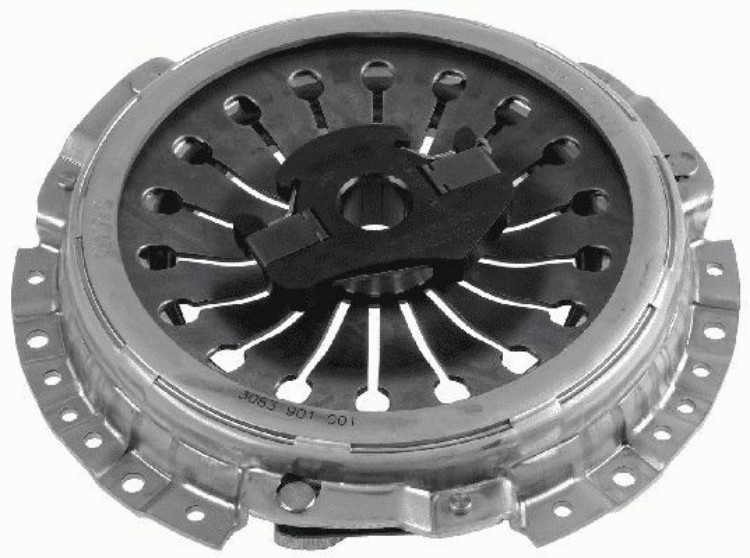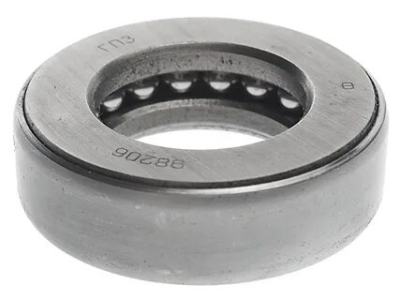About Clutch Pressure Plate
The clutch pressure plate is a key component in the automotive clutch system, and the following is a detailed introduction about it:
Structural Composition
The clutch pressure plate generally consists of three parts: the base, the semicircular gear and the steel plate. Together with the clutch cover and other parts, it forms the active part of the clutch.
Working Principle
Engaged state: when the clutch is engaged, the parts of the operating mechanism return to their respective positions under the action of the return spring, the inner end of the release lever maintains a certain gap with the release bearing, and the pressure spring presses the flywheel, the follower disc and the pressure disc together, and the torque of the engine is transmitted to the follower disc through the flywheel and the pressure disc through the friction of the follower disc's friction surfaces, and then inputted into the transmission by the follower shaft.
Separation process: when separating the clutch, the driver presses down the clutch pedal, the separating sleeve and the separating bearing are pushed by the separating fork to eliminate the clearance between the separating bearing and the inner end of the separating lever, and then push the inner end of the separating lever forward, so that the outer end of the separating lever drives the pressure disc to overcome the force of the pressure spring to move back, the friction disappears, and the master and slave part of the clutch separates, interrupting the power transmission.
Engagement process: when the clutch is engaged, the driver slowly raises the clutch pedal, under the action of the pressure spring, the pressure disc moves forward and gradually presses the slave disc, so that the pressure between the contact surfaces gradually increases, and the friction torque gradually increases; when the flywheel, the pressure disc and the follower disc are not yet tightly engaged, the friction torque that can be transmitted is smaller, and there is a difference in the rotational speeds of the clutch's master and slave parts, and the clutch is in the state of slipping; With the gradual lifting of the clutch pedal, the degree of pressure between the flywheel, pressure plate and slave disc is gradually tight, the master and slave part of the rotational speed is gradually equal, until the clutch is fully engaged and stop slipping, the end of the engagement process.
Common faults and performance
Clutch slippage: When the clutch pressure plate is worn out seriously or the spring force decreases, the pressure between the pressure plate and the slave plate decreases, and the friction torque is not enough, resulting in clutch slippage, which is manifested as the car accelerating weakly, and easy to stall when going uphill.
Incomplete separation of the clutch: it may be caused by the warping and deformation of the pressure plate or improper adjustment of the separating lever, which may be manifested as difficulty in hanging up the gears and the sound of gear impact.
Stress on the clutch: It may be caused by the spring on the pressure plate being too hard or a fault inside the clutch system.
Maintenance and Replacement
Regular inspection: You should regularly check the wear of the clutch pressure plate, the spring force, and the cooperation with the flywheel and the slave disc, etc., so as to detect and deal with the problems in time.
Replacement precautions: If the pressure plate is damaged and needs to be replaced, it is usually necessary to separate the engine from the gearbox and lift the entire gearbox from the vehicle before replacement. When replacing, make sure the quality and specifications of the new pressure plate meet the requirements and carry out a balance test to ensure the normal operation of the clutch.




